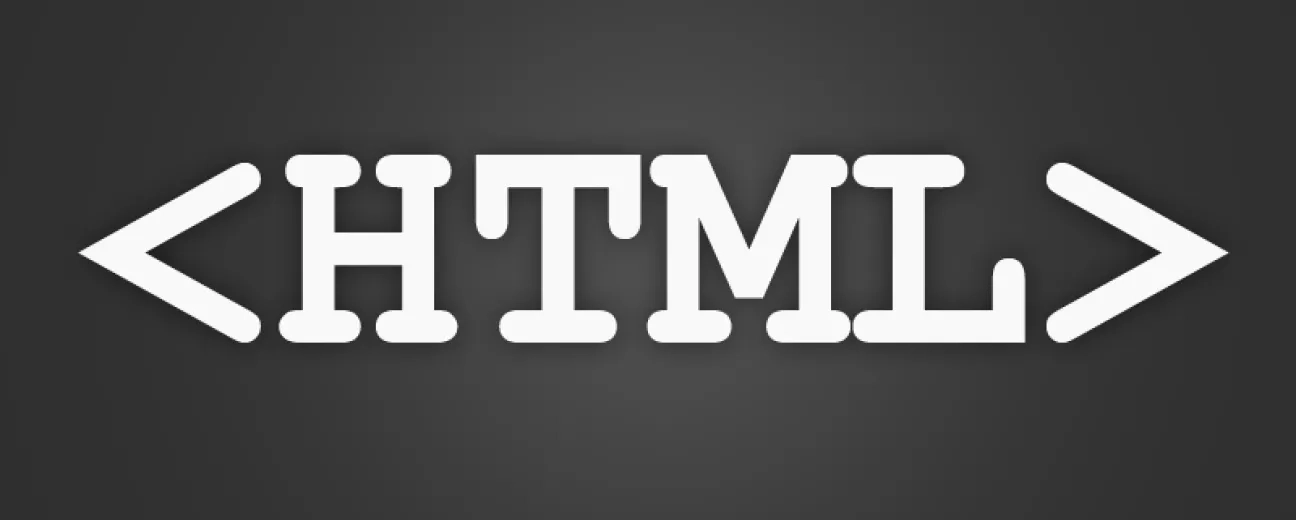
We’re excited to hear your project.
Let’s collaborate!

HTML 5 is currently the latest version of the Hypertext Markup Language. Unforunately, it’s not yet supported by all of the popular browsers, especially when we’re talking about older versions of popular browsers such as Firefox or Chrome. That being said, HTML4 is supported by every browser available, which gives it a bit of an edge.
The doctype declaration is also much shorter in HTML5:
< !DOCTYPE HTML >
As compared to HTML4’s doctype declaration:
< !DOCTYPE html PUBLIC
"-//W3C//DTD XHTML 1.0 Transitional//EN"
"
< html" >http://www.w3.org/TR/xhtml1/DTD/xhtml1-transitional.dtd" >
< html lang="ar" dir="ltr" xmlns="
" >http://www.w3.org/1999/xhtml" >
HTML also boasts new tags such as:
< audio >
< video >
< article >
< nav >
< header >
What this means is that you won’t use the same tag for everything, as previously done in HTML4 – these tags offer a standardized structure and makes them easier to read.
Footer and Header tags don’t only mark the end or the start of a page but can mark the end or start of a section as well. Basically, you can find multiple instances of these tags on the same page you’re working on.
Some tags from HTML4 have been found redundant and thus have been removed from HTML5 – browsers don’t support these tags so it’s a good idea to have them removed:
< acronym >
< applet >
< basefont >
< big >
< center >
< dir >
< font >
< frame >
< frameset >
< noframes >
< strike >
< tt >
HTML5 also offers error handling, a feature which was much desired by web developers for years – this basically means that each browser you test will give you the same error if something doesn’t work right.
Meanwhile, HTML5 is constantly growing and developing, you won’t hear about the “finished” version of it anytime soon – it just gets better and better. With HTML5 you can use 3D or 2D effects and graphics, allowing you to create more interesting projects.
HTML5 video is starting to replace Flash very quickly – YouTube started using it due to its better optimization and less resource use. Another advantage HTML5 has over Flash is that it doesn’t require any installation and devs don’t need certain tools to write code, as is the case with Flash.
Some developers may prefer Adobe Dreamweaver but it’s not really needed. Edge is a HTML5 animation tool specifically designed to produce animations very similar to Flash.

We’re excited to hear your project.
Let’s collaborate!